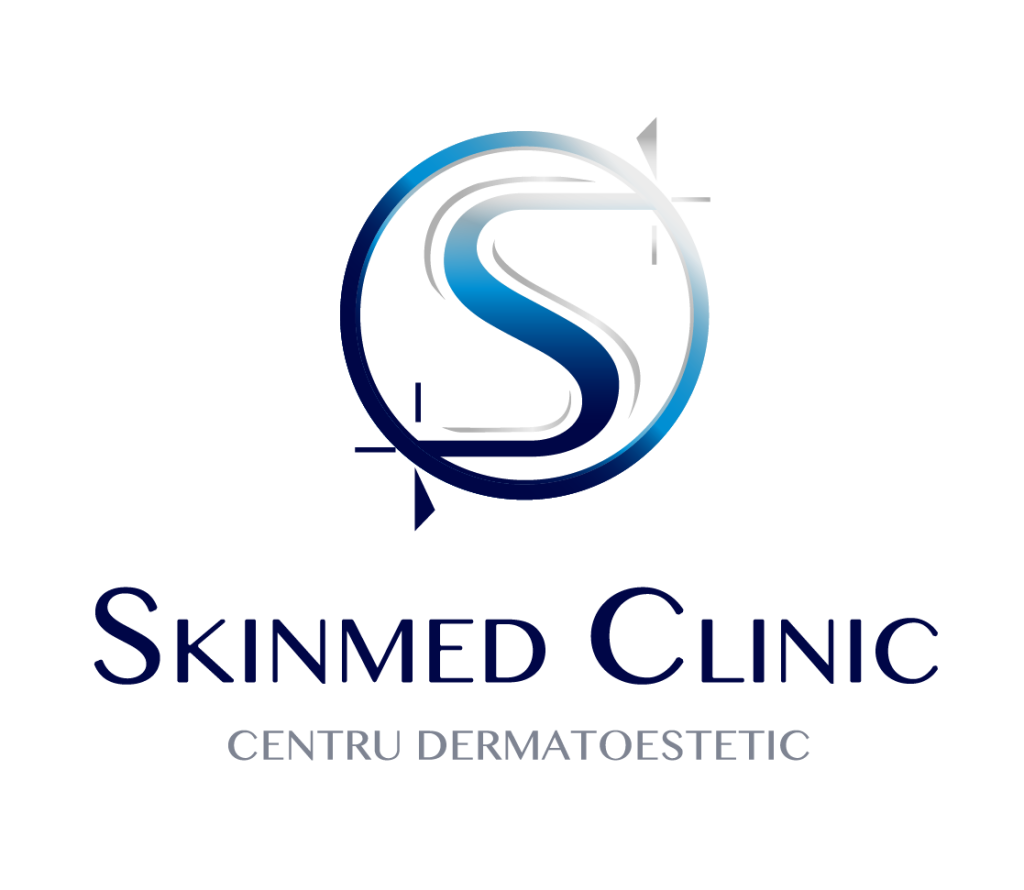Scalp disorders are unpleasant and can also trigger hair loss.
That's why you can rely on SKINMED® specialists to help alleviate problems in the scalp area.
Scalp disorders are unpleasant and can also trigger hair loss.
That's why you can rely on SKINMED® specialists to help alleviate problems in the scalp area.
To those patients, women and men, who suffer from itching, flaking, thinning hair, etc. A problem addressed early is easier to solve, especially with state-of-the-art technology and an experienced team, as you will find in SKINMED®.
Scalp and hair disorders can have multiple causes, which is why it is necessary to call in medical specialists, such as those in our team, able to identify the essence of the medical problem and the best solutions. We also provide you with numerous diagnostic and treatment technologies, which allow us to propose the most suitable protocol for your problem, in a safe way.
It is the most common form of hair loss, affecting one in two men in their lifetime and over 35% of postmenopausal women. In men, hair loss occurs in a specific pattern, often fronto-parietal, parieto-temporal and vertexal, whereas in women it is often diffuse.
It is also a common form of hair loss and can occur in men, women and children. There are various causes: physical or emotional stress, shocks to the body (e.g. fever, surgery), restrictive diets with vitamin or trace element deficiencies, thyroid conditions or even pregnancy and breastfeeding. Your dermatologist will recommend a series of tests, both routine and hormonal, to detect these changes. In addition to the treatment itself, in this case it is also necessary to correct the associated factors.
It is an extremely common condition of the scalp, but can also affect seborrhoeic areas such as the eyebrows, nasal bridge or ear flap. It progresses in flares, with periods of calm and periods of aggravation, and frequent relapses, often linked to periods of physical or emotional stress. Severe seborrhoeic dermatitis, left untreated, can exacerbate hair loss, but this is reversible with treatment.
It is a multifactorial dermatological condition, which may also have scalp determinations. It is a chronic inflammatory condition that can affect up to 2% of the population and can start in both childhood and adult life. It is associated with stress, smoking, excessive alcohol consumption or even certain medications, which can act as both triggers and aggravating factors. It presents as thick plaques on the scalp, often with an occipital disposition, covered with pearly white, easily removable scales. Treatment is complex and includes topical medications such as corticosteroids, keratolytics or immunomodulators.
It can occur both on the scalp and on the chin in men, and appears as round, usually well-defined plaques that can spread centrifugally, totally or only partially devoid of hairs. It is an autoimmune-based condition that can also be associated with other conditions in the spectrum, such as vitiligo or thyroid disease. Depending on the extent and progression, treatment consists of topically applied drugs, or even oral medication in some cases.
They are less common and include a range of conditions such as alopecia seen in lupus erythematosus, lichen planus, folliculitis decalvans of the scalp, fibrosing frontal alopecia or Brocq's pseudopelade. When scarring alopecia is suspected, in addition to the usual diagnostic methods (clinical assessment, trichoscopic examination, blood tests), it is often necessary to take a skin biopsy.
Of course, scalp conditions go beyond this brief overview. That's why, whatever the symptom that is bothering you, we recommend that you consult your dermatologist for the most appropriate therapies for your problem.
Depending on the condition and its causes, your SKINMED® doctor will recommend topical (local) treatments, hormone therapy, own plasma therapy, mesotherapy, microneedling, cortisone injection, etc.
In SKINMED®, you will find highly experienced medical specialists working with the latest results of medical research on prevention and treatment, using state-of-the-art medical equipment and products. We look forward to meeting our doctors for a treatment tailored to your needs!
Certain hormonal conditions (polycystic ovary syndrome, ovarian tumours, etc.) can aggravate androgenetic alopecia, in which case the approach must be multidisciplinary, including both dermatological treatment and endocrinological evaluation.
Normally, we can lose up to 100 hairs a day through a physiological regeneration process. When we notice a recent increase in this rate of hair loss, when we notice with the naked eye localised gaps or thinning of the hair shaft when the hair is trapped, and when certain changes in the scalp become visible (erythema, scales, "shiny" appearance), a consultation with the dermatologist is indicated.
During the initial consultation, the dermatologist will do a clinical examination and a thorough history and history. You may also be recommended a series of routine blood tests, hormone tests, as well as vitamins and minerals, in order to determine a possible causative factor. In addition, a trichoscopy is often recommended in order to have a diagnosis of certainty. Rarely, if scarring alopecia is suspected, or when the clinical picture points to other causes than the common ones, the doctor will recommend taking a biopsy - a small fragment of tegument from the affected area, carried out under local anaesthetic, which will be subjected to histopathological examination and will give a definite diagnosis.
Digital trichoscopic examination is a non-invasive, dermoscopy-based imaging method that consists of taking serial images at key points for analysis by a specialised laboratory. Trichoscopy thus allows the visualisation of structures and features that cannot be achieved by clinical examination alone, thus providing a definite diagnosis, but also a quantitative report that can be used to follow up the results of the treatment in a concrete, comparative manner by subsequent examination.
In general, depending on the type of treatment chosen - autologous plasma therapy or mesotherapy - the first results start to appear after one month. Hair needs time to regenerate, so results will appear after the first treatment session. It is very important that, in addition to treatment, both topical and injectable, triggering or aggravating factors are corrected.
